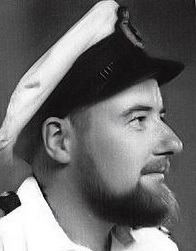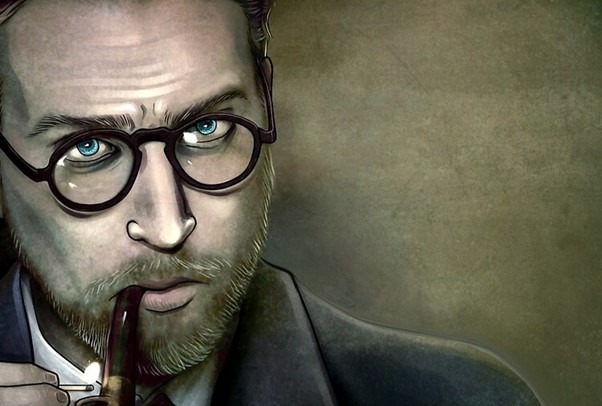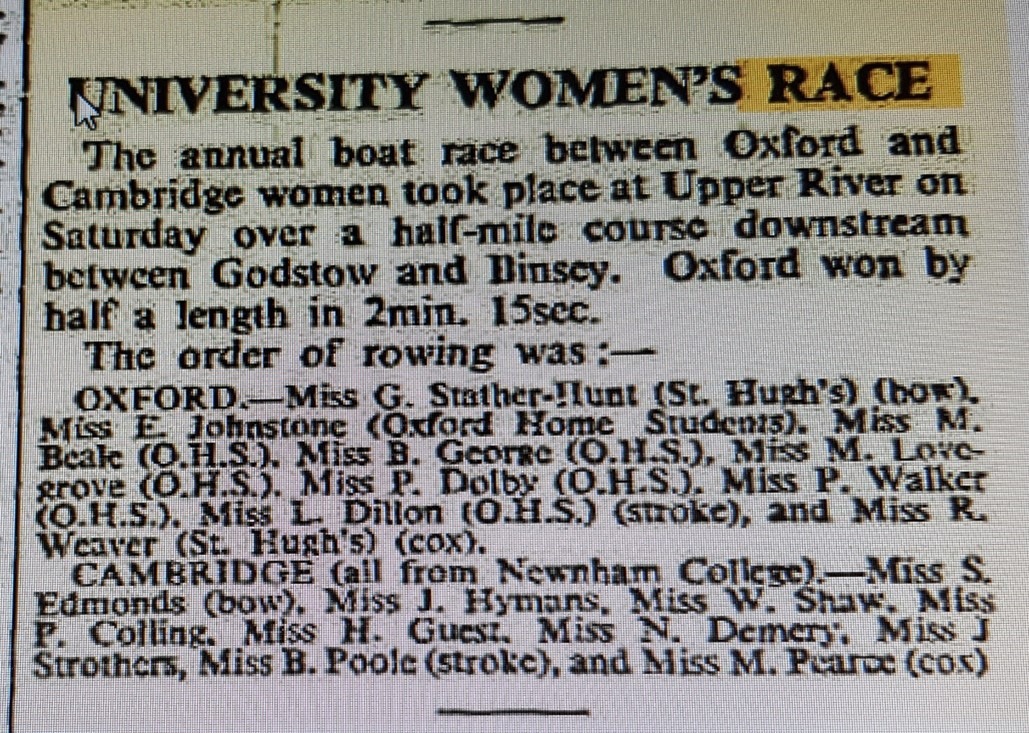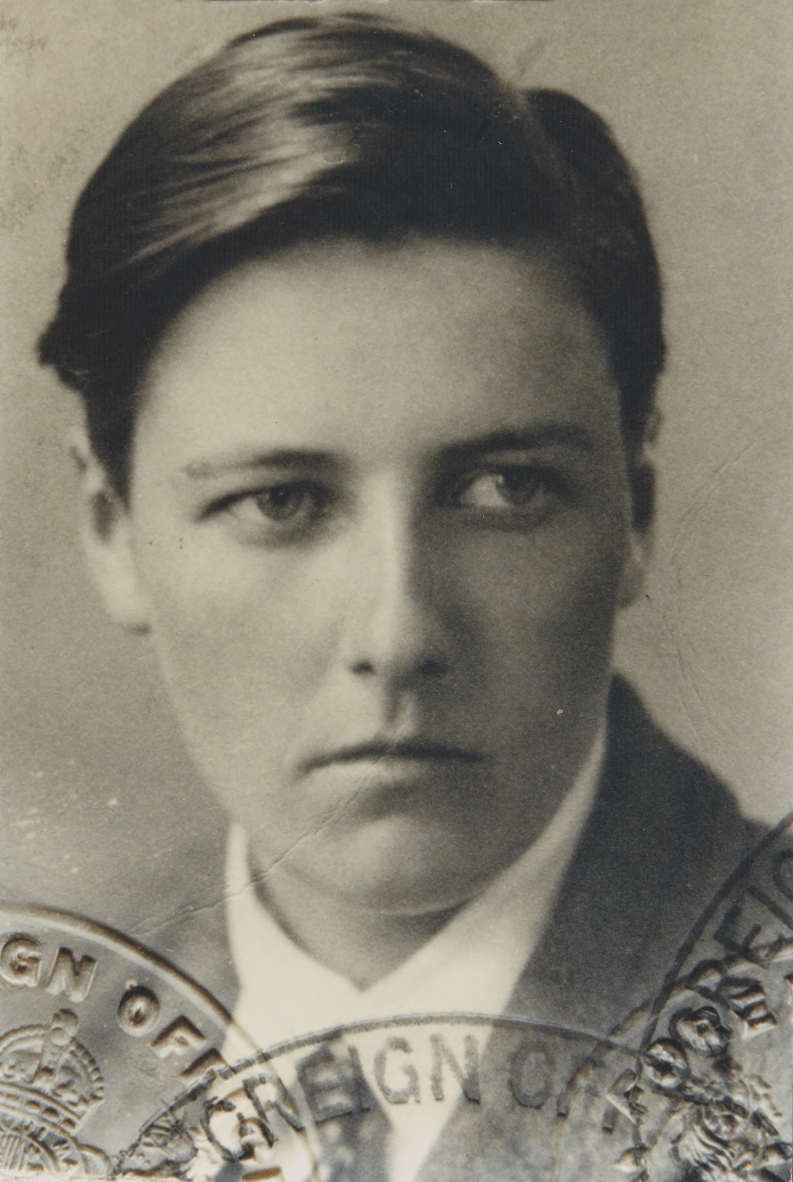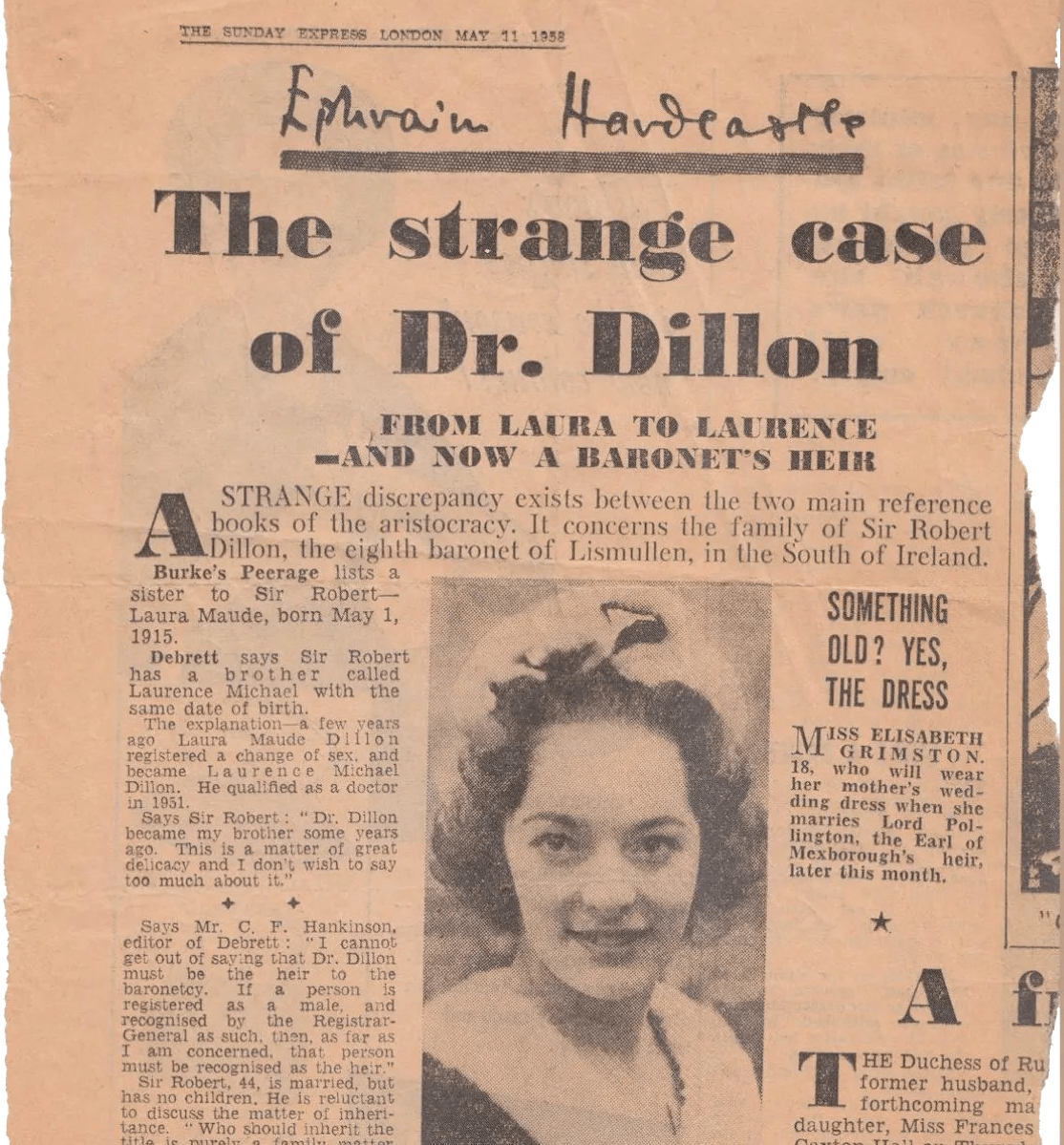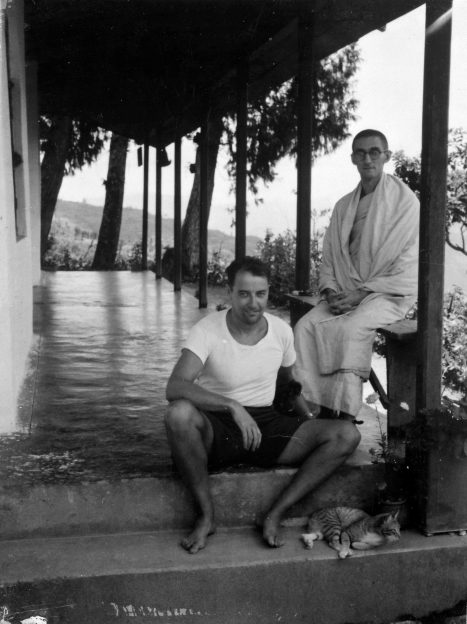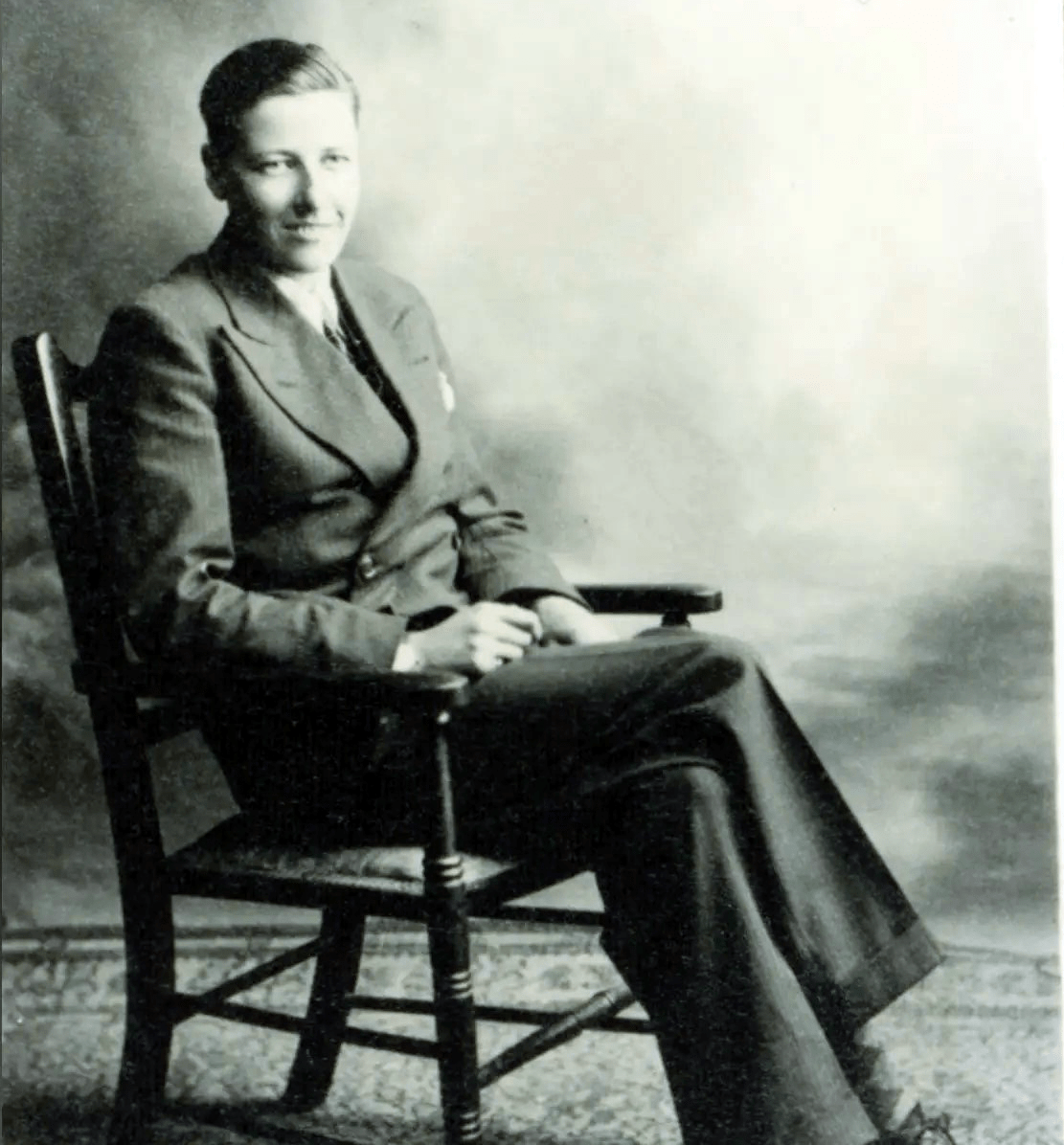Empowering Transgender Lives
Michael Dillon: The first pahlloplasty
Aristocrat, Scholar, Physician, Monk and Man
Michael Dillon was assigned female at birth and was named Laura by her parents, but had always felt uncomfortable in women’s clothes. He knew that he was not a woman and preferred to wear clothes designed for men.
At university – as Laura, of course – she excelled at rowing and was the president of the Oxford University Women’s Boat Club. While a student – long before stories of gender reassignment surgeries appeared in the media – she wondered about the possibilities of hormone therapy, and researched what was known about it at the time.
Laura learned about the work of Dr George Foss who had been experimenting with testosterone to treat excessive menstrual bleeding.
Dr Foss had reported success with high doses, but had also noted that among its side-effects it also produced swollen clitorises, shrunken breasts and deepened voices in many of his patients. In 1939 Dillon contacted Dr Foss who was delighted to meet Laura, but insisted that she consult a psychiatrist first, which she did. The consultation was not a success and consequently Foss then declined to take Dillon as a patient, but surreptitiously slipped a pack of testosterone pills across the desk as a parting gift.
Unfortunately, in an unforgiveable breach of professional ethics, the psychiatrist Foss had recommended prattled to friends at a dinner party about ‘Miss Dillon’s desire to become a man’. The gossip soon spread through the university and Laura felt obliged to move away. She moved to Bristol and found a job as a mechanic. She then started taking the testosterone Foss had given her.
The hormones enabled her to pass as a man, and take on the name Michael. In 1942 Michael, who suffered from hypoglycaemia, collapsed in the street and was taken to hospital. The staff were rather confused about which ward was appropriate, but no-one talked about it or went to the newspapers. A little while after he collapsed a second time. The doctor who treated him this time, described himself as a plastic surgeon and, being sympathetic to Michael’s needs, offered to remove his breasts. He also introduced him to Sir Harold Gillies in 1946.
Harold Gillies was born in Dunedin, New Zealand in 1882. He was a talented sportsman but made his name as a pioneer in modern plastic surgery. During the First World War he persuaded the British army’s chief surgeon to set up a facial injury ward at the Cambridge Military Hospital in Aldershot. However, because so many soldiers were suffering from facial injuries, a new hospital specialising in facial repairs was established in Sidcup. Gillies and his team were based there and developed many revolutionary techniques and performed more than 11,000 operations on over 5,000 men patiently rebuilding badly damaged faces. Between the wars he continued to develop his skills in his private practice, and travelled widely lecturing, teaching and writing.
During World War II, he organised plastic surgery units in various parts of Britain to treat casualties of the conflict. However, after the war, although he was in his sixties, he found his savings were inadequate for him to retire, so he continued to work. One of his challenges was to help Michael Dillon. It took three years and thirteen painful operations – complicated by infections – to transform Dillon’s genitals into a penis of sorts using skin from various parts of his body. It has been described by Dillon’s biographer, Pagan Kennedy, as a “semi-erect, mostly numb sexual organ that resembled a small party balloon.” Dillon, though, was delighted that it functioned effectively for urinating because he was still rowing and wanted to share lockers with the others in his men’s rowing team. Dillon now legally changed his name to Lawrence Michael Dillon and enrolled in the medical school at Trinity College, Dublin.
He also published a slim book which was a sort of plea for transgender people disguised as lecture on hormones. He described the loneliness of transgender people, argued for sex reassignment surgery and proposed that the British government should subsidise hormone treatments. After he had qualified, Dillon worked for a while in a Dublin hospital then became a ship’s doctor and travelled the world for six years. He spent some time in India with a Buddhist community hoping to become a monk, but his health failed, and he died in 1962 at the age of 47. As far as we know, Lawrence Michael Dillon was the first Briton to transition from female to male and undergo phalloplasty.
Written by:
A Short Biography of Michael Dillon, Aristocrat, Scholar, Physician, Monk and Man
Laurence Michael Dillon (1915–1962) was a British doctor, author, and Buddhist monk. His life was marked by remarkable achievements and a relentless pursuit of truth. Here are some key points about him:
- Early Life and Education:
- Born as Laura Maud Dillon in 1915, he grew up in Folkestone, England, raised by his aunts after the death of his mother.
- Dillon attended Oxford University, initially studying Theology but later switching to Classics.
- His enthusiasm for rowing led him to join the women’s boat club, where he excelled.
- Gender Transition and Medical Pioneering:
- Dillon was the first known transgender man to undergo a phalloplasty, a groundbreaking gender-affirming surgery.
- His journey included experimental medical treatments as he sought alignment with his true identity.
- Spiritual Exploration:
- Alongside his medical pursuits, Dillon delved into Buddhist thought.
- Eventually, he became ordained as a novice in the Theravadin order of the Hinayana school.
- Legacy and Impact:
- A pioneer of trans healthcare, Dillon’s contributions extended beyond medicine.
- He was also a philosopher, poet, and a minor aristocrat.
- His fascinating and enquiring journey through life continues to inspire.
Address
The Beaumont Society
27 Old Gloucester Street
London
WC1N 3XX

